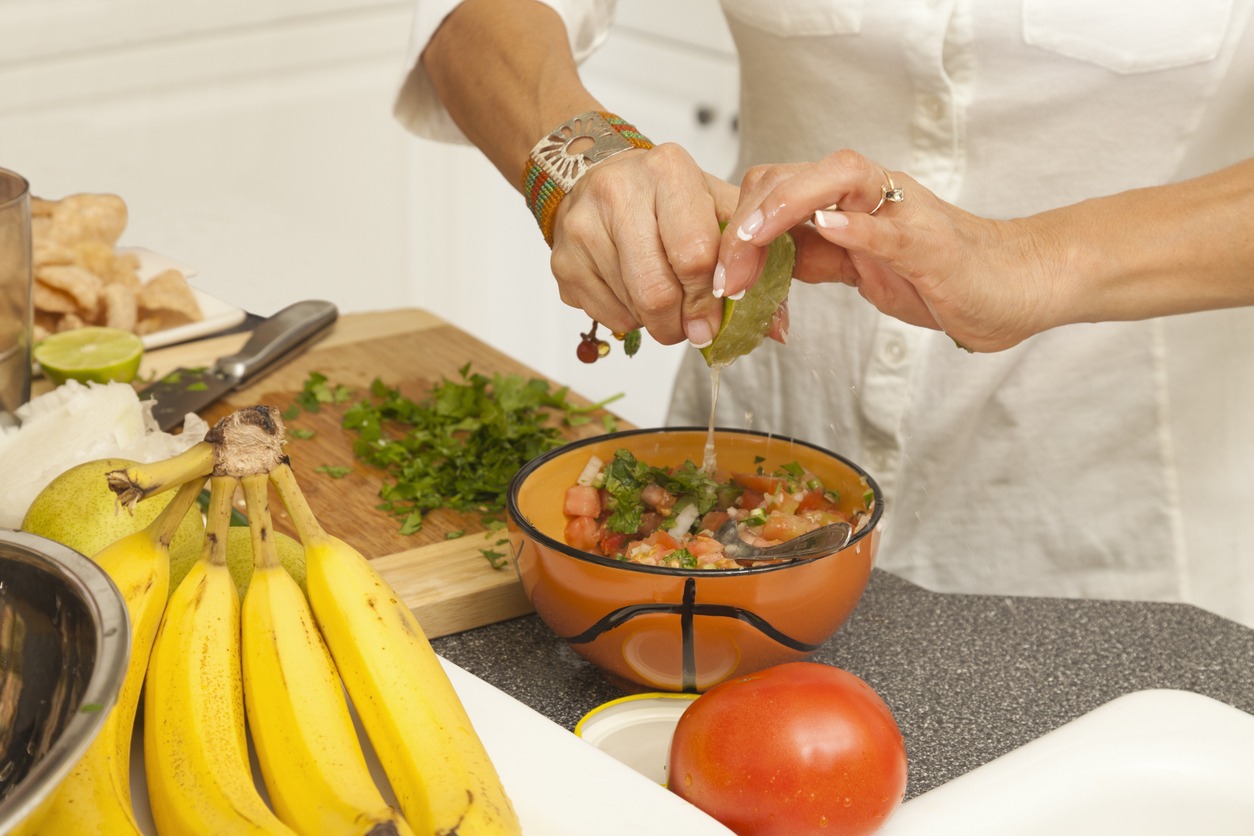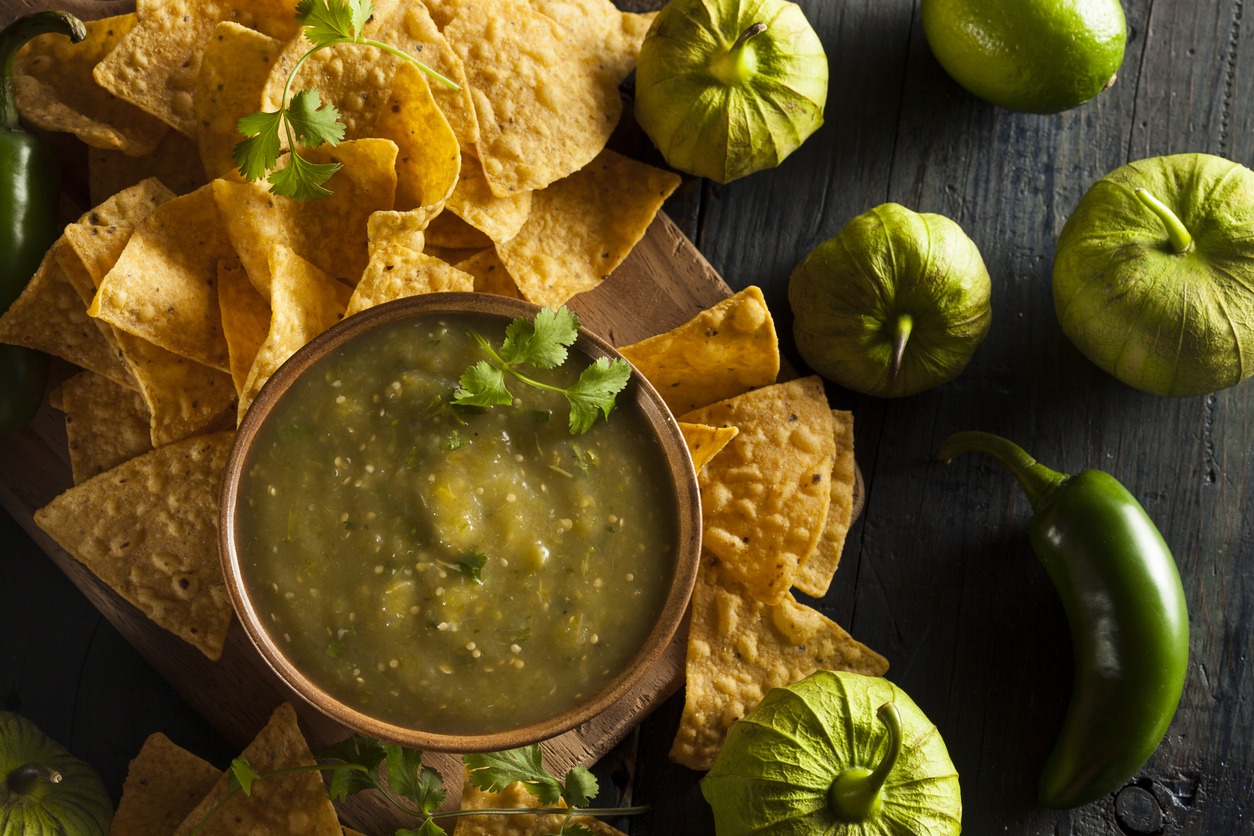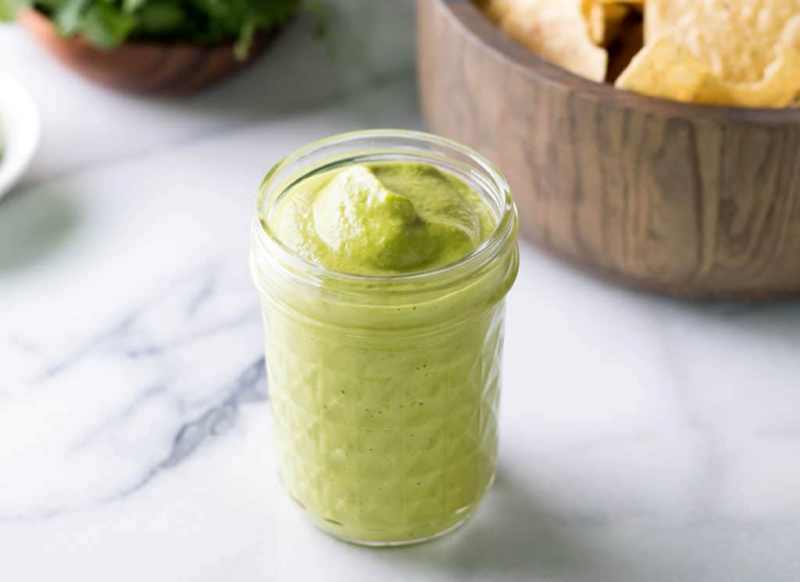Key Differences Between Pico de Gallo and Salsa Explained

Pico de gallo and salsa are both crucial to Mexican cuisine, but they differ in texture and use. Pico de gallo, known as "rooster's bill," is a fresh, uncooked mix of diced tomatoes, onions, cilantro, jalapeños, and lime juice. Its crunchy, lively taste makes it perfect for topping tacos or adding a fresh touch to meals. Salsa, meaning "sauce," can be smooth or chunky and often includes cooked or blended ingredients, ideal for dipping or enhancing soups.
Definition and Origins
View this post on Instagram
In terms of ingredients and texture, pico de gallo and salsa each bring unique qualities to the table. Pico de gallo is all about fresh ingredients and a crunchy texture. It's made with roughly diced tomatoes, onions, cilantro, jalapeños, and lime juice, all uncooked. This simplicity allows each ingredient's lively flavor to shine, and the crunch from the fresh vegetables offers a satisfying bite. On the other hand, salsa provides more versatility in both ingredients and texture. It can be chunky like pico de gallo or smooth, depending on if it's blended or cooked. Salsa's runnier consistency comes from its higher liquid content, making it perfect for dipping or drizzling over dishes. While it can include fresh ingredients, salsa often incorporates canned components as well, which broadens the range of flavors you can investigate. Although both pico de gallo and salsa share a common purpose, their preparation methods set them apart. When making pico de gallo, you'll rely on precise chopping techniques to prepare fresh ingredients like tomatoes, onions, and cilantro. This method highlights the natural flavors and crunchiness of each component, resulting in a colorful, chunky texture. The simplicity of this hand-preparation process means you can whip up pico de gallo quickly, capturing the essence of its fresh ingredients without any need for cooking. On the other hand, salsa offers more flexibility in its preparation. You can choose between fresh or cooked ingredients, depending on the type of salsa you're aiming to create. Blending methods come into play here, as you might use a blender or food processor to achieve a smoother consistency. Some salsas, like salsa verde or salsa brava, benefit from cooking, which can deepen and improve their flavors. With salsa, you have the freedom to experiment with a variety of ingredients, including fruits, spices, and different peppers, allowing you to tailor its texture and flavor to your liking. This versatility makes salsa perfect for dipping or drizzling over your favorite dishes. When considering the nutritional benefits of pico de gallo and salsa, you'll find both are excellent options for incorporating flavor without extra calories. These condiments stand out due to their health benefits and nutrient density. They're both low in calories, making them ideal for enhancing meals without the guilt of excessive fats or sugars. Pico de gallo shines with its richness in vitamins A and C, thanks to fresh tomatoes and cilantro. These vitamins support your immune system and improve skin health. On the other hand, salsa offers dietary fiber, especially if it's made with whole tomatoes and a variety of vegetables. This fiber is excellent for digestion and maintaining a healthy gut, contributing to its nutrient density. Both pico de gallo and salsa contain ingredients like chiles and onions, which are packed with antioxidants. These antioxidants can reduce inflammation and may lower the risk of chronic diseases, further enhancing their health benefits. Moreover, their high water content keeps you hydrated, which is essential for comprehensive well-being. Both Pico de Gallo and salsa have earned their place in kitchens and restaurants worldwide. Each offers unique qualities that enhance different dishes and satisfy various taste preferences. So next time you’re planning a meal, consider what works best for your dish and enjoy the burst of flavor either one provides.Ingredients and Texture
Preparation Methods

Shelf Life and Storage
Culinary Uses
Nutritional Benefits
Wrapping Up


